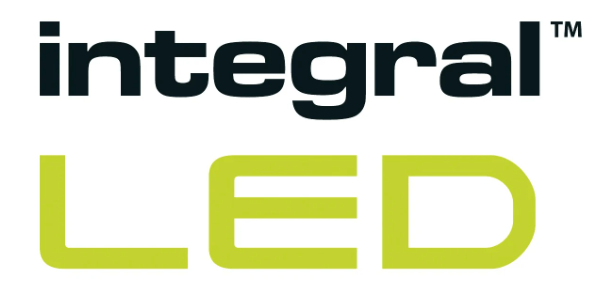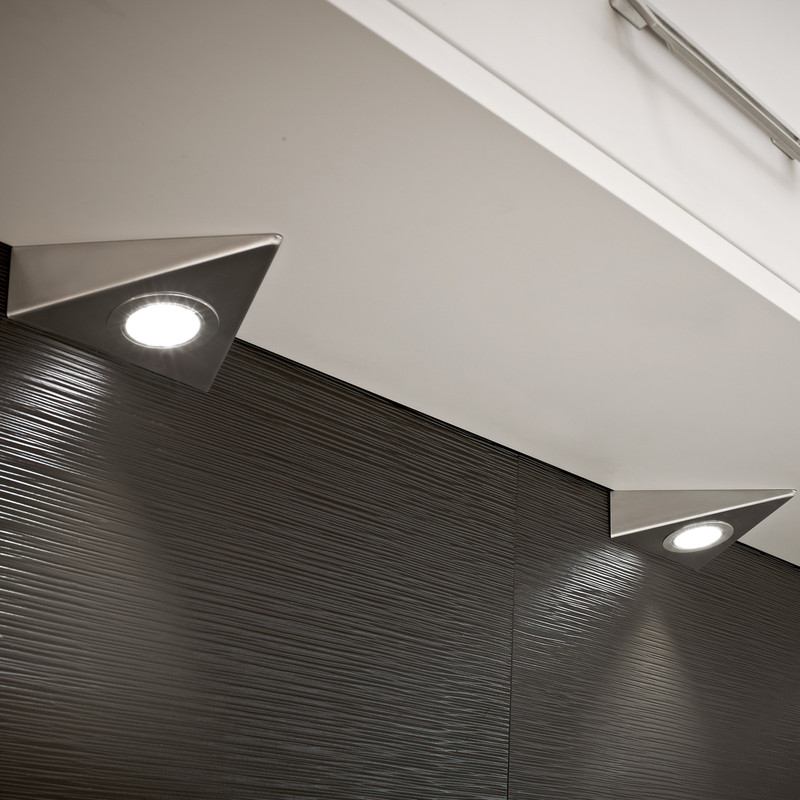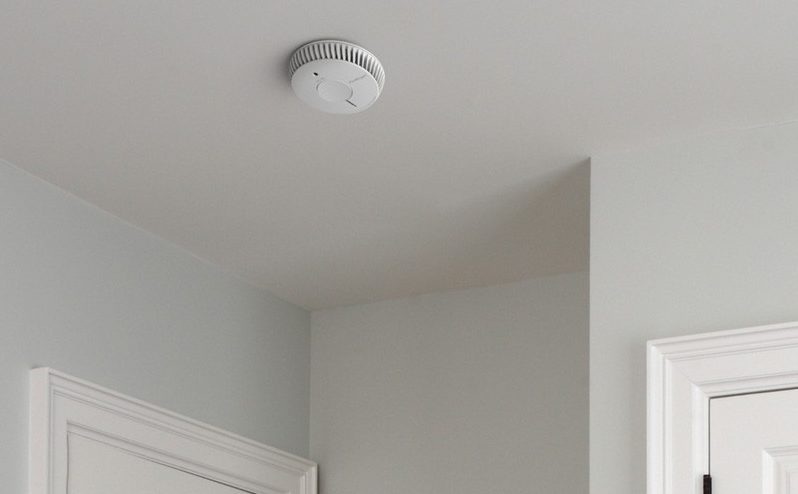With all the light bulbs to choose from, it can be difficult to pick the best one for your needs. You’ll find a range of light bulb shapes, from standard domestic GLS bulbs and decorative candle bulbs to industrial tubes.
Light bulbs are usually categorised by a letter, known as the light bulb series, followed by a number which is the measurement in millimetres at the widest point in the bulb. For example, a standard domestic bulb will probably be an A60 light bulb.
Once you’ve chosen the size and shape of your bulb, consider the light level – or lumens – that a bulb provides, the colour, the energy efficiency and the IP rating you need for a room. Smart bulbs give you the option to change the colour and light level of the bulb by connecting to your smart device.
Types of Light Bulbs
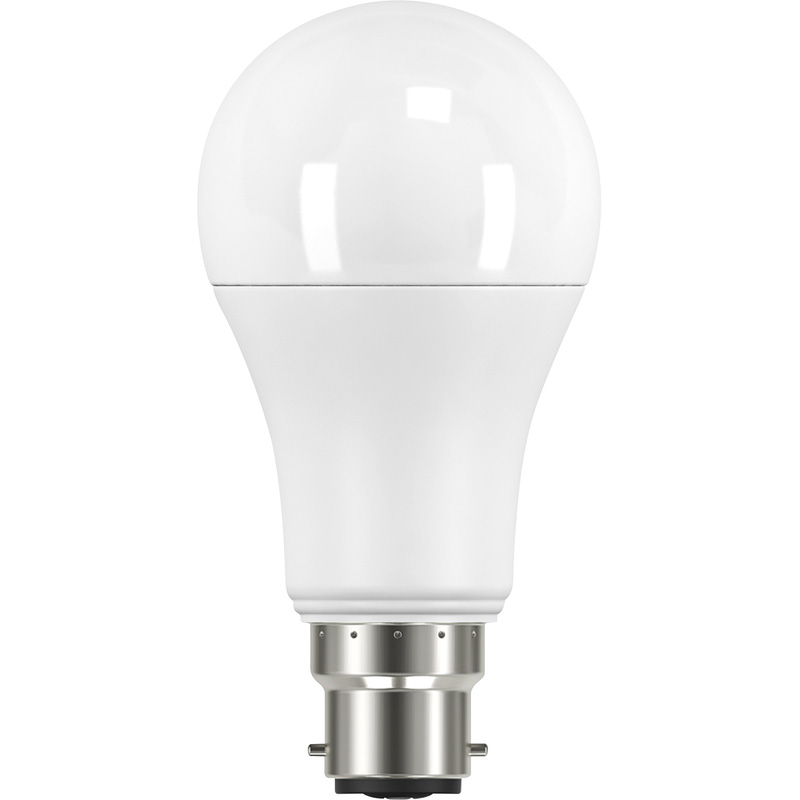
GLS Light Bulbs
GLS bulbs, also known as A series, arbitrary or standard bulbs, are very common. They’re pear shaped and available with many fitting types, but will usually have a bayonet or edison screw cap. GLS light bulbs are used in a range of settings, such as ceiling lights, lamps or porch lights
Fitting Types
-
Bayonet, usually B22
-
Edison, usually E27
Uses
-
Ceiling lights
-
Lamps
-
Porch lights

Candle Light Bulbs
Candle light bulbs, also known as C series bulbs, are shaped like a candle and can have a pointed or slightly blunted tip. These light bulbs often have smaller edison screw or bayonet fittings, such as B15 and E14. Candle bulbs are most commonly used for decorative lights, chandeliers, artificial candles and night lights.
Fitting Types
-
Bayonet, usually B15
-
Edison, usually E14
Uses
-
Decorative lights
-
Chandeliers
-
Artificial candles
-
Night lights
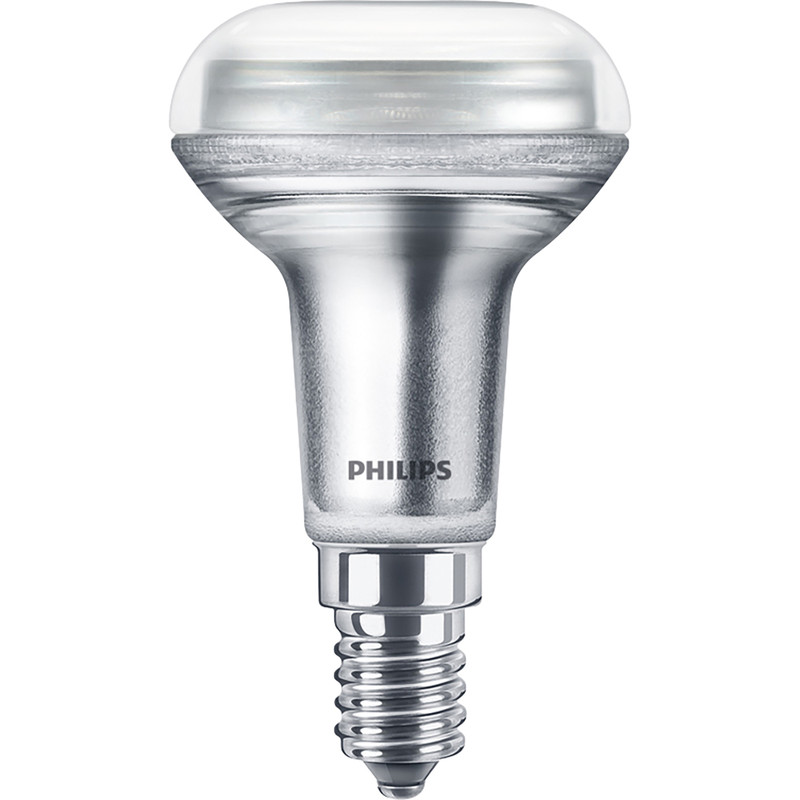
Reflector Light Bulbs
Reflector light bulbs, also known as R series bulbs, have a flat or bulged surface and are sometimes internally lined with a reflective material which projects light out to produce a wide beam. Many LED varieties aren’t lined now, due to their efficiency of directing light. Reflector bulbs are usually used in track lighting, recessed lighting or for display lights.
Fitting Types
-
Edison, including E14 and E27
Uses
-
Track lighting
-
Recessed lighting
-
Display lights

Globe Light Bulbs
Globe light bulbs, also known as G series bulbs, are spherical and shaped like a globe. They’re often viewed as a contemporary, attractive alternative to A series bulbs which are usually seen as the ‘standard’. G series bulbs can be used almost anywhere an A series bulb would be, but are often found in pendant lamps, chandeliers, vanities (such as hollywood style mirrors), and decorative lighting.
Fitting Types
-
Edison, including E27 and E14
-
Bayonet, including B22 and B15
Uses
-
Pendant lamps
-
Chandeliers
-
Vanity mirrors
-
Decorative lighting

GU10 Light Bulbs
GU10 bulbs, also known as PAR series bulbs are like reflector bulbs, but are shorter which means they can sit flush to a surface and have very little glare. They have a GU10 cap which have two pins that connect to the power supply. These bulbs are used for downlights, track lighting, recessed lighting, display lights, security lights, and landscape lighting.
Fitting Types
-
GU10
Uses
-
Track lighting
-
Recessed lighting
-
Display lights
-
Security lights
-
Landscape lighting
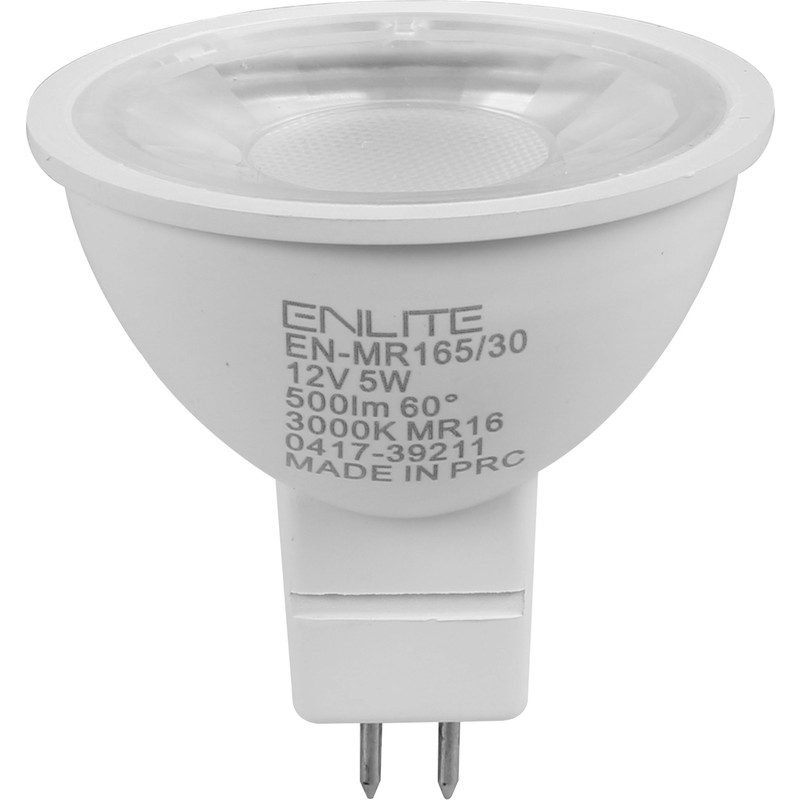
MR Series Light Bulbs
MR series light bulbs are also known as spotlight bulbs and most commonly refer to MR16 bulbs. They have a GU5.3 cap type and the spotlight can provide a wide or narrow beam. MR series bulbs are used for track lighting, recessed lighting, desk lamps, display cases and landscape lighting.
Fitting Types
-
GU5.3
Uses
-
Track lighting
-
Recessed lighting
-
Desk lamps
-
Display cases
-
Landscape lighting
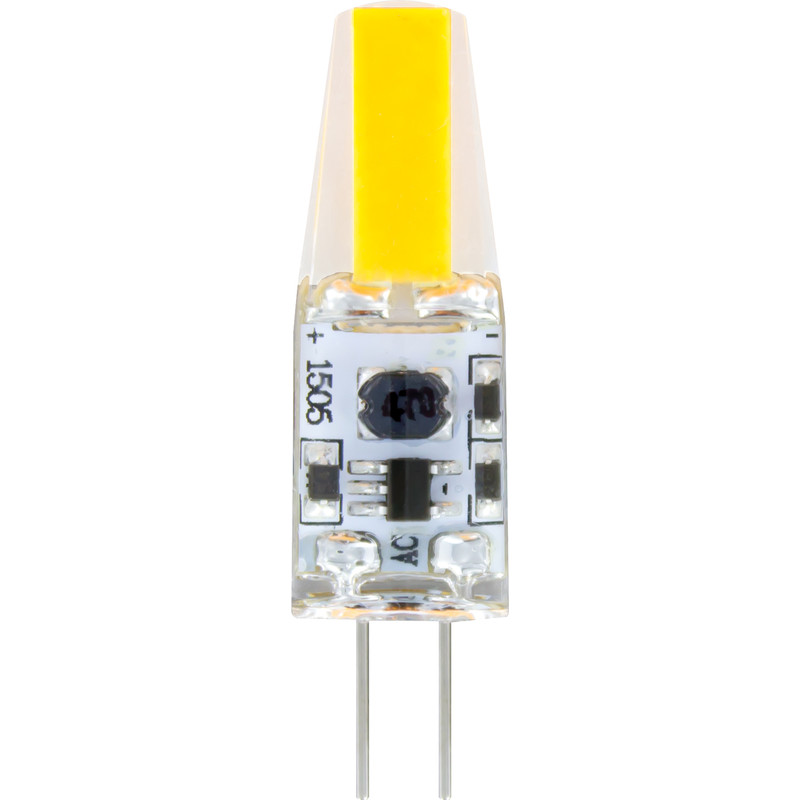
Capsule Light Bulbs
Capsule bulbs are a very compact type of light bulb that have G9 or G4 pin caps that connect to the power supply. You’ll find capsule bulbs on small scale lights such as decorative Christmas lights, appliances such as cooker hoods and under cabinet lighting. These light bulbs are being slowly phased out as a result of new government regulations from September 2023.
Fitting Types
-
G9 pins
-
G4 pins
Uses
-
Christmas lights
-
Appliances
-
Under cabinet lighting

2D Light Bulbs
2D light bulbs are a compact type of bulb that are also called double D bulbs, because they’re shaped like two D’s back-to-back. They have two or four pin caps which connect to the power supply. 2D bulbs are used for bathroom lighting, kitchen lighting as well as schools and offices.
Fitting Types
-
2 pin CFL
-
4 pin CFL
Uses
-
Bathroom lighting
-
Kitchen lighting
-
Schools and offices
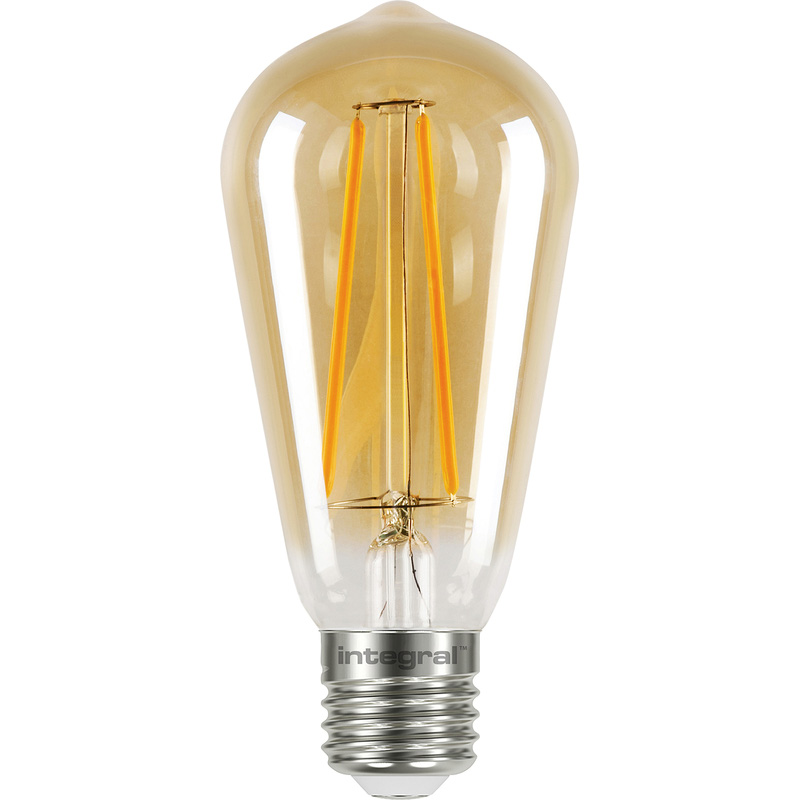
ST64 Light Bulbs
ST64 light bulbs are a type of oversized, decorative bulb shaped like a rounded, inverted triangle and provide a 360 degree beam. They have edison screw or bayonet fittings, usually E27 and B22 respectively. ST64 bulbs are usually used for statement ceiling lights and lamps, such as those that have no lightshare or a lightshade that exposes the bulb.
Fitting Types
-
Edison, usually E27
-
Bayonet, usually B22
Uses
-
Statement ceiling lights
-
Lamps

Tube Light Bulbs
Tube lights, also known as T series bulbs, are a type of long, tube shaped lighting that generally have T8, T5 or S15 caps at either end. Tube caps are used for office lighting, garage lighting, warehouse lights and fridge lights. Many of these light bulbs are being slowly phased out as a result of new government regulations from September 2023.
Fitting Types
-
T8
-
T5
-
S15
Uses
-
Office lighting
-
Garage lighting
-
Warehouse lights
-
Fridge lights
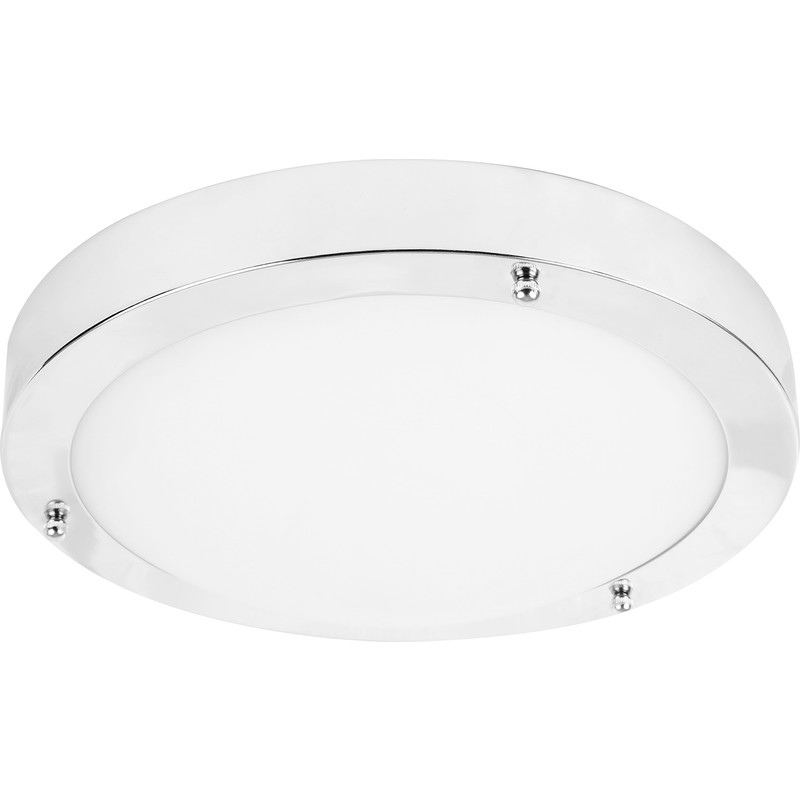
Disc Light Bulbs
Key Light Bulb Considerations
Size
The size of the light bulb is measured in millimetres at the widest point of the bulb. For example, a GLS – or A-series – bulb with a widest point of 60mm is called an A60 light bulb. Consider the size of the fixture, as smaller lamps will need a smaller bulb, as well as the light level you need. Often, the larger the bulb, the greater the lumens – but this isn’t an exact science.
Cap Type
Most bulb shapes will fit into a limited selection of cap types and sizes, such as bayonet, edison or T caps. Standard bulbs for domestic use will usually have an edison or bayonet cap, while commercial, industrial and decorative bulbs will have pin fittings. You’ll find more information in our guide on types of light bulb fittings.
Light Colour
These days, bulbs come in different colours so you can choose the mood for individual rooms and times of day. Some bulbs give you the option between different shades, from warm white, cool white, daylight, or even brighter colours like shades of red, blue, or green. Each colour will offer something different to the room, and RGB colour changing bulbs are great for mood lighting, parties and kids rooms.
Lumens
Lumens is a measure of the total amount of light given off from a bulb. There is a huge range of choice, from 80 lumen capsules for Christmas lights, to 9000lm tubes for warehouses of factories. The right lumen level will depend on the size of your room as well as your personal preferences and what the room is used for.
Dimmable Lighting
Being able to dim a bulb allows you to control the light level in a room, such as for different times of the day. Dimmable lights need a dimmer switch and the bulbs may be more expensive, but they can offer a luxurious and cosy feel to living rooms, kitchens and bedrooms. Many smart bulbs are dimmable and remove the need for dimmer switches by connecting to your smart device.
Energy Class
The energy class of a light bulb refers to its efficiency. Updates to the energy classes in 2021 means bulbs with an A+++ rating now have an energy class of B or C, with A being the highest efficiency a device can be. This gives manufacturers room to continually improve to aim for 100% efficiency. Most light bulbs have a rating of E or F.
Wattage
Wattage refers to the electrical power used by a light bulb. In general, the higher the wattage, the brighter the bulb. Energy efficiency plays a role, because a high wattage bulb might not be as bright if it has poor efficiency. When choosing a bulb, balance the wattage with the energy class to find the best bulb for you, and consider that brighter, higher wattage bulbs can reduce the need for as many light bulbs.
IP Rating
The IP rating of a light bulb means the level of protection from solids and moisture which is important in bathrooms and kitchens where lights may be affected by steam and water splashes. The first digit in an IP rating means how protected it is against solids like fingers or dust – from 0 to 6. The second digit, from 0 to 9, details the level of protection against liquids. You’ll find bulbs with a range of IP ratings, including IP65 and IP44.



